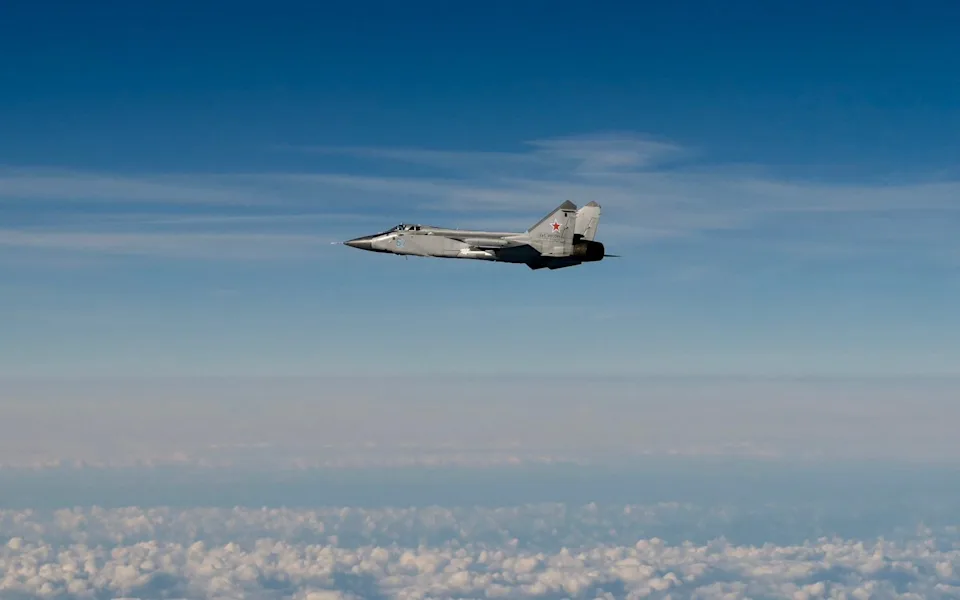Understanding the Recent Russian Pilots NATO Encounters

The Importance of NATO and Russian Military Encounters
In recent weeks, tensions have escalated in Europe as several encounters between Russian pilots and NATO aircraft have been reported. These incidents are significant not only for geopolitical dynamics but also for the implications regarding air safety and international relations in the region.
Details of Recent Encounters
According to NATO officials, there have been multiple interceptions of Russian military aircraft operating in international airspace near the borders of NATO member countries. Reportedly, these encounters have occurred over the Baltic Sea and the Black Sea, where NATO has been conducting routine patrols to ensure airspace stability.
In one notable incident, a Russian Su-35 fighter was intercepted by a NATO jet while approaching an area that included sensitive military installations. The NATO jet was deployed as a precautionary measure, reflecting the Alliance’s commitment to safeguarding its member states.
Reactions and Responses
The Kremlin has reacted to these encounters by emphasizing their right to operate freely in international airspace, while expressing concern over NATO’s increased military activity near Russian borders. Russian officials have described these NATO operations as provocative and a source of potential conflict, highlighting a significant communication gap between the two military factions.
On the other hand, NATO insists that its operations are purely defensive and are aimed at maintaining regional stability. General Jens Stoltenberg, NATO’s Secretary-General, stated, “Our presence in these regions is essential to deter aggression and must continue to evolve in line with the current security environment.” This reflects NATO’s stance on ensuring air sovereignty amid rising military alerts.
Implications for the Future
The increase in such encounters raises questions about the potential for miscalculations and accidental engagements, which could escalate into larger conflicts. Analysts suggest that regular dialogues and communication channels between NATO and Russian military leaders could help mitigate risks and maintain peace.
As tensions persist, how both military powers navigate these encounters will be crucial for future interactions. The next steps taken by both NATO and Russia in relation to these encounters will likely influence the security landscape in Europe and the broader international community moving forward.
Ultimately, the ongoing engagement between Russian pilots and NATO jets signifies a complex interplay of power, caution, and the need for diplomacy in an increasingly fragmented geopolitical climate.
